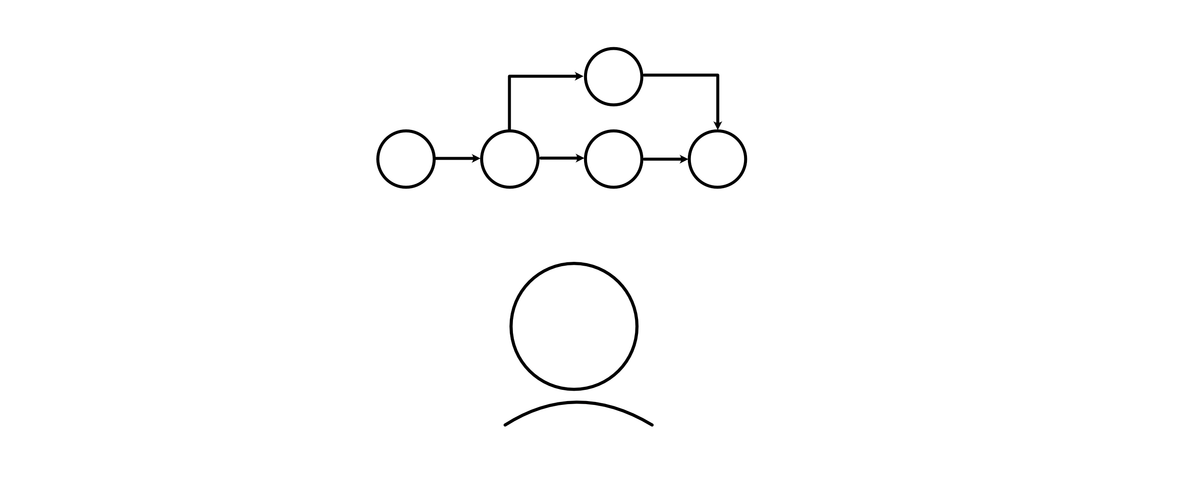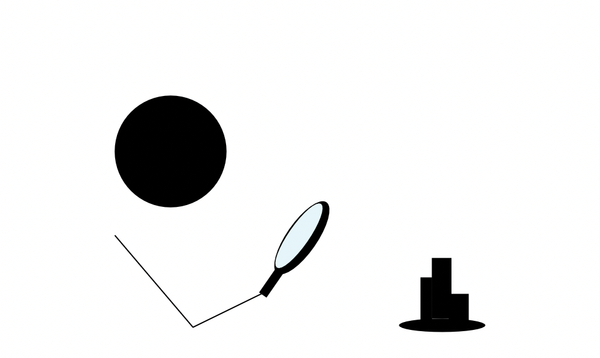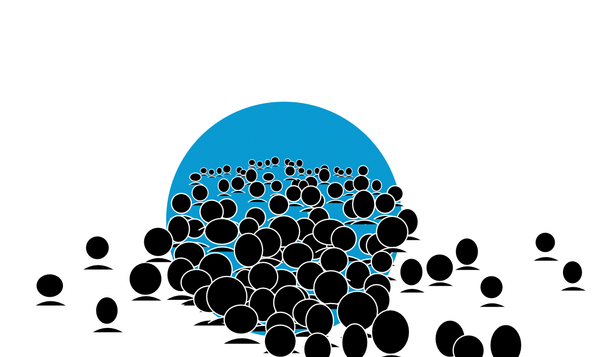Humanist IT: introduction

Information technology — internet, genAI, software, all of it — is stuck. I’ve heard more people in the past month want to walk away from using what they consider irredeemably broken tools than I had the three years previously. The first time I heard it was from a developer, complaining around seven years ago about all the ‘move fast and break things’ brokenness. In other words, this isn’t a sudden awareness of an idea, but an escalated spreading of a stance.
It’s supported by the recent upswing in people deciding to return to analog media, concerns about how to fix the infrastructure AI is breaking, so much fuckupedness in what AI is enabling, deeper usury of platforms, degrading previous workhorse products, the intrinsic loss of replicability/reliability by using genAI in unsuitable places and poisoning information…and so much more. Really, the shift is that it’s so bad non-technologists think its broken.
People get stuck, not knowing how to break a cycle, a routine; sometimes not even able to pin down this sense of disquiet and frustration to, “oh, I’m stuck.” Enough of it happens, and cultures get stuck. Get enough cultures stuck, and society gets stuck.
The thing about getting stuck is that it’s predicated on information. We’re doing the same thing over and over again because this is how we problem-solved an information set. Various pressures — all constructed. Really. — keep the problem set static, so there seems to be no other way.
Anything that has information can get stuck. Our internet, software, IT infrastructure, etc., is information before it’s technology. Our businesses are information before they’re profit centers. People are information beings; information is invested in everything we do.
There’s always another way. There’s ALWAYS a choice. The choice might not be something warm and fuzzy, but there’s a choice. If someone tells you there is no choice, or there is only one way, they have an agenda and it needs your complacency (at least) or physical/mental/emotional energy (preferred).
Information technology was stumbling along for so long, and then: stuck. Quality and service issues, creating frustration, locking us in, locking us away from possibility, requiring very specific pathways to make things work, only in the way the builders want it to work. Cory Doctorow focused on the how of enshitification. Ed Zitron focused on the why of rot economy. This isn’t new, it’s not unique.
Big tech built for stuckness.
It doesn’t have to be this way. The way out of being stuck is to expand the problem set — to understand the domain of where the stuckness lives — and then realign within it.
It sometimes means giving up one of those “intractable” pressure points that became more prioritized than it’s actual worth, once it’s seen against the larger domain. Sometimes it means seeing a wonky decision for its real value, changing your mind, and reworking the problem. Sometimes it’s as simple as seeing a workaround that was previously unseen.
To see the possibilities, we need diversity. It’s really that simple: don’t assume everyone is the same, and don’t keep them stuck. Honor humanity for our totality, and people for their specificity; and then build dynamic information around everything — everything — we can think of. Since our perceptions are a limited subset of reality, we will iterate. Maintenance and recasting need to be built in as standard work lines.




